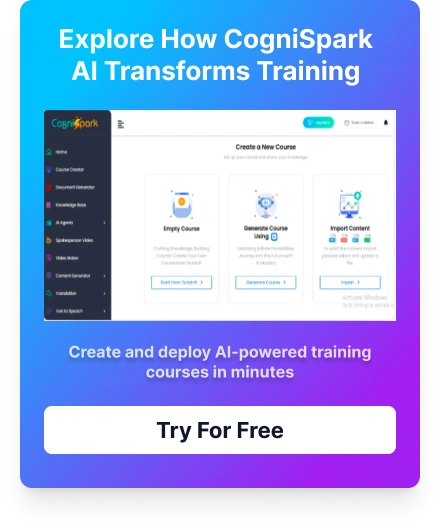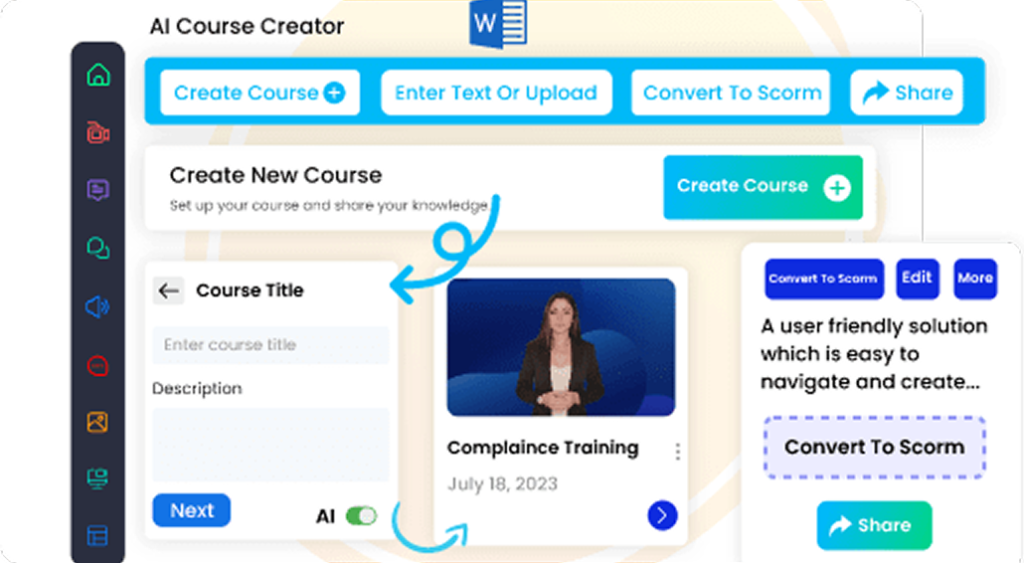Future Trends in Customer Service Training in Business: Preparing for Tomorrow
In today’s competitive landscape, exceptional customer service is increasingly powered by innovative training approaches that anticipate future demands. Achieving Customer Service Fundamentals Mastery is no longer limited to basic skill-building; it now involves forward-thinking methods that align with evolving customer expectations. As technological capabilities expand, organizations must stay ahead by embracing strategies like personalization through artificial intelligence, immersive learning via virtual and augmented reality, data-driven insights, and flexible hybrid models. Proactively integrating these trends ensures that businesses can develop agile, empathetic, and highly skilled support teams, positioning themselves for sustained success across rapidly changing markets.
Understanding these emerging trends enables companies to craft training programs that not only enhance current performance but also prepare their workforce for new challenges. From advanced technological integration to fostering a continuous learning culture, future-focused organizations will harness these developments to deliver memorable, personalized customer experiences that cultivate loyalty and drive competitive advantage. The upcoming sections explore each trend in detail—highlighting how organizations can strategically adapt today to thrive tomorrow.
1. Integration of Artificial Intelligence and Machine Learning
AI and ML are revolutionizing customer service training by facilitating personalized learning journeys and delivering real-time performance analytics. Adaptive learning platforms analyze individual employee data, dynamically customizing modules to target specific skill gaps—accelerating learning and boosting retention. As an example, AI-driven systems can recommend tailored modules, simulate customer interactions, and provide instant feedback, making training more effective and engaging.
Beyond personalization, AI tools utilize natural language processing and sentiment analysis to monitor live customer conversations. Trainers and managers can receive immediate insights into communication efficacy, emotional intelligence, and responsiveness, fostering continuous improvement. For instance, AI chatbots trained with ML algorithms can generate realistic scenarios for employees to practice complex interactions safely, resulting in faster skill development and higher service quality.
2. Emphasis on Soft Skills via Virtual and Augmented Reality
Immersive technologies like VR and AR are transforming experiential learning. Virtual environments allow employees to role-play challenging scenarios such as conflict resolution, de-escalation, or cross-cultural interactions in a risk-free setting. These experiences deepen empathy and understanding by placing employees in simulated customers’ shoes, which enhances emotional intelligence.
Research indicates that VR storytelling can significantly boost soft skills like patience, empathy, and adaptability—key elements for delivering exceptional service. For example, using VR modules, trainees can practice responding to irate customers calmly and confidently, reducing real-world escalation rates. Augmented reality overlays can also guide agents during live interactions, providing contextual cues to ensure consistent service delivery across varied situations.
3. Microlearning and Modular Content Delivery
The rise of microlearning enables just-in-time training suited for busy customer-facing staff. Short, focused modules accessible via mobile devices keep learning sessions relevant and engagement high. Industry reports reveal that microlearning boosts knowledge retention by up to 60%, making ongoing skill development scalable and efficient.
Organizations are increasingly personalizing these modules based on individual performance data, ensuring learners receive content tailored to their specific needs. For instance, a retail chain might deploy microvideos on new product features or handling difficult customers, allowing staff to refresh skills between shifts and adapt quickly to product updates or policy changes.
4. Focus on Data-Driven Customer Insights
The proliferation of customer data from diverse channels provides organizations with rich insights to inform training content. By analyzing CRM records, social media feedback, and transaction histories, businesses can identify recurring challenges and customize training scenarios accordingly—making sessions more relevant and impactful.
Advanced analytics also measure training effectiveness, linking performance data directly to customer satisfaction outcomes. For example, a telecom provider might tailor modules addressing common complaint themes uncovered through data analysis, leading to faster issue resolution, reduced churn, and increased loyalty.
5. Incorporation of Soft Skills and Emotional Intelligence in Digital Platforms
As customer demographics diversify, training increasingly emphasizes soft skills like empathy, cultural sensitivity, and emotional intelligence. Interactive e-learning modules incorporate storytelling, situational simulations, and self-assessment tools to develop these competencies virtually, ensuring all employees—regardless of location—deliver consistent, culturally aware service.
Platforms like AI-powered modules can evaluate soft skills through behavioral assessments, providing personalized coaching and reinforcing brand values across global teams. For example, hospitality brands now train staff on intercultural communication to enhance guest experiences worldwide.
Discover how our courses can align with your training goals and drive real results.
Learning Built Around Your Goals.
Schedule A Demo6. Utilizing Gamification to Motivate and Engage
Gamification techniques transform traditional training into engaging experiences using points, badges, leaderboards, and real rewards. These elements motivate employees by tapping into competitive instincts and making learning fun. Research shows that gamified training increases participation, knowledge retention, and skill mastery.
Organizations also use performance-based recognition linked to gamification outcomes, fostering a culture of continuous improvement. For example, a customer support team earns badges for mastering new troubleshooting procedures, encouraging ongoing development and mastery of skills.
7. Adoption of Continuous Learning and Development Cultures
Future-proof customer service teams are built upon a culture of lifelong learning. Organizations implement flexible digital tools, mentorship programs, and regular knowledge-sharing sessions that embed ongoing development into daily routines. This approach ensures teams are nimble, adaptable, and prepared to meet emerging customer demands.
Leaders and managers act as mentors, providing coaching, sharing best practices, and promoting growth mindsets. For example, a technology firm establishes a culture where employees routinely participate in webinars and peer-led workshops, fostering innovation and sustained customer focus.
8. Embracing Hybrid Training Models
Blended approaches combining online learning with in-person sessions maximize flexibility and hands-on practice. Digital modules efficiently deliver theoretical knowledge, while face-to-face interactions refine practical skills like active listening and empathy through role play.
This hybrid model enables organizations to adapt training to fluctuating schedules, geographic dispersion, and potential health disruptions. For example, retail staff might complete e-learning on product updates, followed by in-store simulation exercises to reinforce skills.
9. Fostering Inclusive and Diverse Customer Service Training
Inclusive training focuses on cultural competence, language diversity, and accessibility. By integrating AI-powered translation tools and local cultural awareness modules, organizations can enhance service quality globally. This investment helps foster equitable experiences and strengthens brand loyalty across diverse customer bases.
Additionally, designing content accessible to all employees—considering physical, visual, and cognitive needs—ensures comprehensive participation. For instance, multinational banks incorporate multilingual training platforms and diversity sensitivity workshops to deliver respectful, competent service.
10. Strategic Recommendations for Future Customer Service Training
- Leverage emerging technologies like AI, VR, AR, and predictive analytics to craft personalized, immersive training experiences.
- Cultivate a culture that promotes continuous learning through leadership involvement, peer coaching, and recognition programs.
- Prioritize soft skills development—empathy, adaptability, cultural awareness—as fundamental competencies.
- Adopt hybrid and modular models to ensure scalable, flexible training aligned with operational needs.
- Continuously monitor training impact through data analytics and adjust strategies proactively.
Implementing these forward-thinking trends positions your organization to meet future customer expectations, differentiate in competitive markets, and sustain long-term growth. Acting now to integrate innovative training methods will empower your customer service teams, foster loyalty, and build resilience for upcoming market shifts.
Explore Our eLearning Course Catalog
Access 100+ fully editable, SCORM-compatible courses featuring an integrated AI Tutor and an in-built authoring tool. Seamlessly compatible with any LMS, these courses are designed to elevate your training programs.
Explore Course Catalog























